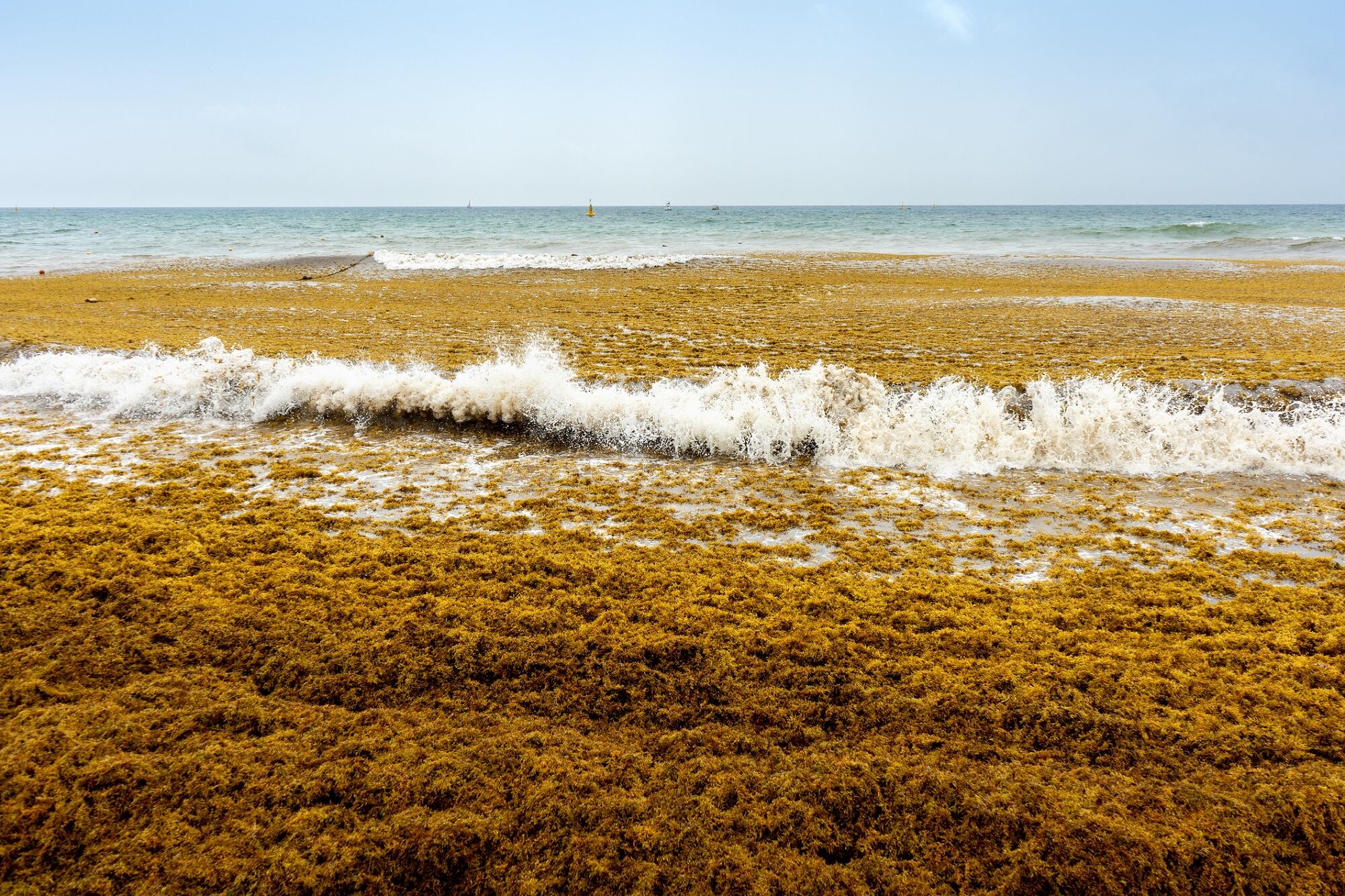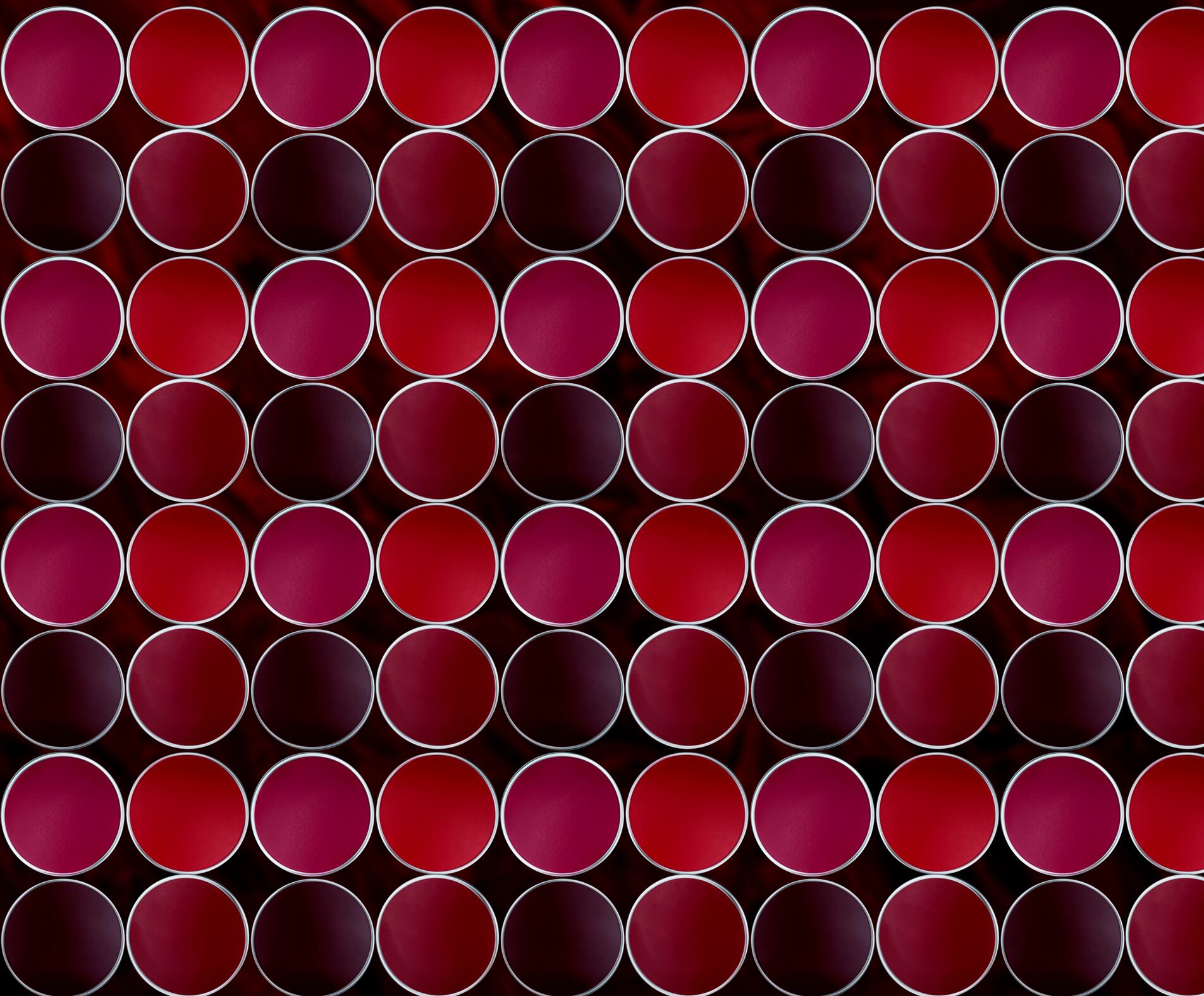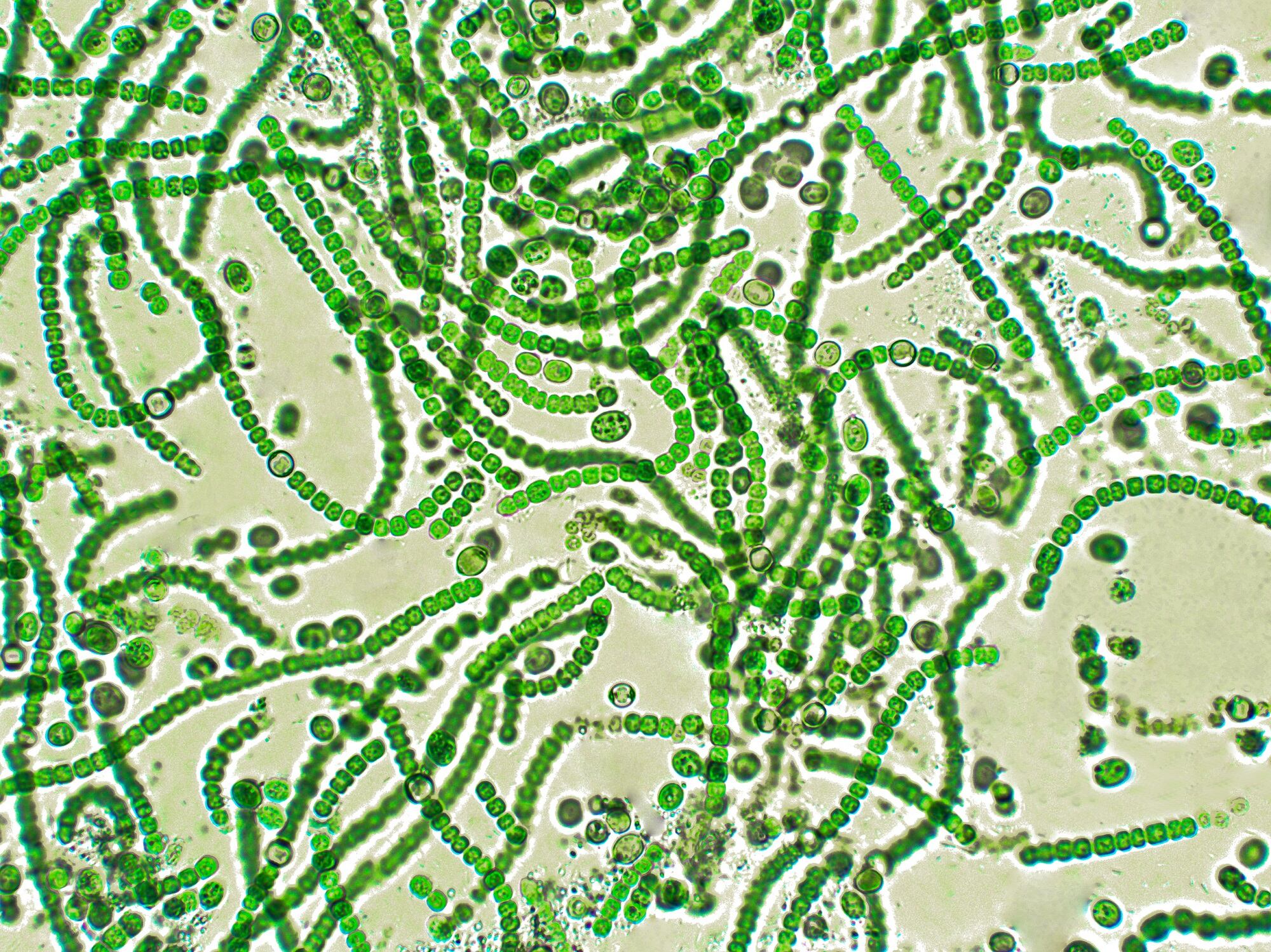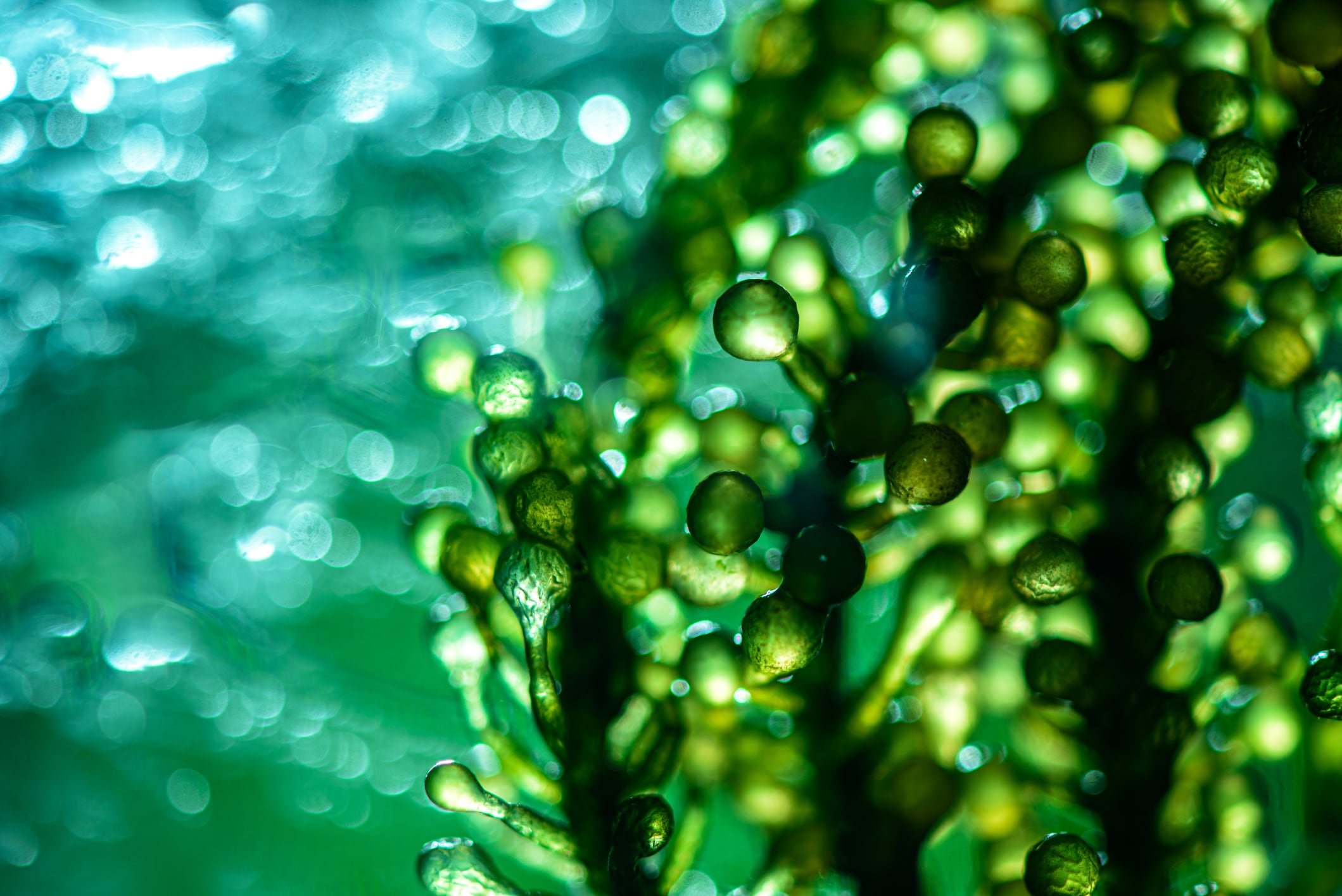Last month, Puerto Rico-based Carbonwave announced it had secured a $5 million Series A investment round led by investment manager Mirova, with participation from several other investment groups. The funding is slated to be used to expand production facilities on the island to better meet consumer demand for biomaterials used in cosmetic emulsifiers and other industries.
Specifically, Sargassum (floating seaweed masses) are being harvested by Carbonwave and upcycled into the world’s first seaweed-based cosmetic emulsifier, SeaBalance 2000. Named as the ‘Best Functional Ingredient’ at In-Cosmetics Global last year, a half-ton of the ingredient has already been sold for cosmetic product formulation since launch.
To learn more about SeaBalance 2000’s potential impact on the formulation of cosmetic and personal care products, the emulsifier’s research and development process, and the potential for further innovation in this area of environmental sustainability, CosmeticsDesign interviewed Jeff Yeh, Vice President of Personal Care at Carbonwave for his insights.
CDU: What is the potential impact of the recent investment on manufacturers and suppliers to the cosmetics and personal care industries?
Jeff Yeh (JY): This investment is geared at scaling up production of our award-winning cosmetic emulsifier: SeaBalance 2000. We are building a modern biorefinery in Puerto Rico that will produce hundreds of tons of the product annually.
There has been an incredible interest in SeaBalance 2000 since it launched in early 2022 among brands, formulators, and distributors around the world. They want more sustainable and upcycled ingredients and appreciate that SeaBalance provides a silicone-like hand feel while also working with cold process formulations.
SeaBalance 2000 is a multifunctional ingredient that, in addition to its emulsification properties, has a significant improvement on moisturization and in the suspension of sunscreen mineral filters.
Carbonwave is reaching commercial scale with its first-of-its-kind natural emulsifier. Manufacturers and suppliers can now access the only upcycled seaweed emulsifier with a wide range of uses and functional features, sourced from the world’s largest seaweed bloom.
CDU: Were there any challenges in the development of the technology or formulation behind SeaBalance2000?
JY: Our team of scientists has spent over two years studying Sargassum, which is a new field of study because Sargassum has largely been treated as waste biomass. They have been learning what types of compounds we could get from it, and how to extract them in a way that was commercially and environmentally sustainable.
For SeaBalance 2000, our journey started with the hypothesis that sodium alginate was a good base for our emulsification properties given its uses in the food industry. Most of our early struggles were trying to make this work for the cosmetic industry, but we could not get the strength needed to pass commercial standards.
Our breakthrough was in changing our course to develop a biopolymer complex that used many components of the seaweed together in a molecular structure that more fully stabilized the oil.
When we developed our first working version of SeaBalance 1000, we were pleased that it passed harsh heat tests at fifty degrees Celsius for ten days at a wide range of emollient types and emollient concentrations. However, we were getting feedback that the product had too much of a seaweed smell and the pigment was creating off-white emulsions.
Rather than relying on common harsh chemical treatments like bleach, Carbonwave worked with natural processes to decolor and deodorize the product.
Now SeaBalance 2000 is both stable across a broad range of emollient types, creates silky white emulsions, and contributes a minimal smell to the final product.
CDU: How does Sargassum seaweed upcycling create additional opportunities for manufacturers and suppliers to the cosmetics and personal care industries for further innovation in environmentally sustainability?
JY: We are in awe of how sustainable Sargassum is, even compared with other natural or plant-based ingredients. First, it is important to know that the Caribbean Sargassum bloom is a relatively new phenomenon – about fifteen years old – and is causing havoc in coasts from West Africa to the Gulf of Mexico.
There is so much it kills tourism and coastal ecosystems, and as it rots it creates dangerous byproducts like Methane, a powerful greenhouse gas. There’s immediate environmental impact in upcycling it.
In replacing petroleum-based emulsifiers without sacrificing performance, we are offering a clear sustainable innovation for an industry hungry for both plant-based and upcycled products. Even when compared to other emulsifiers of natural origin, we are clearly an even more sustainable alternative: we do not require land, irrigation, additional nutrients, nor are we affected by a warmer planet; in fact, warmer oceans will mean more Sargassum.
CDU: What is the importance of utilizing environmentally sustainable ingredients in the cosmetics and personal care product categories?
JY: The cosmetics industry has realized that the future of the industry is one that must be sustainable.
There are many ways we need to become more sustainable including: – using ingredients of natural origin over synthetics, prioritizing ingredients that do not harm the consumer or the ecosystem in their creation or use, promoting solutions that reduce rather than increase carbon emissions, and creating systems that upcycle from what would otherwise be waste rather than extracting scarce resources.
If we do not shift to more sustainable solutions, we are contributing to accumulating environmental toxicity, the degradation of our oceans, and a rapidly warming planet. Some products can claim sustainability in one or two of these areas, but SeaBalance 2000 delivers on them all.
In our view, we need to move beyond “more sustainable” and start creating products that are truly regenerative. SeaBalance 2000 uses seaweed that is otherwise rotting and releasing methane gas, that is clogging sea turtle nesting habitat, and is choking the Caribbean economy.
We are challenging the industry to source in a way that leaves ecosystems as close to their historical state as possible. We are proud of our regenerative impact on mangroves, coral reefs, seagrass meadows and the ocean – all important habitats and carbon sinks.
CDU: Is SeaBalance2000 a renewable source of cosmetic emulsifiers?
JY: Every year, millions of tons of Sargassum wash up on Caribbean coasts. The bloom is so big, that it can be seen from space. And it is only getting worse – continuing deforestation, industrial and agricultural runoff, and warming waters will only increase the intensity and length of the bloom of this fast-growing floating seaweed.
On this scale, it is one of the largest and most renewable sources of biomass in the world. We are proud to turn it into an innovative cosmetic emulsifier, and a range of other inputs for the agriculture, textiles, and plastics industries.





